Web programming and development - Introduction
- 1. Web Programming and Development Introduction to Web Programming
- 2. Introduction to Web Programming
- 3. Enterprise Applications are applications that provide the business logic for an enterprise and designed, built and produced for less money, with greater speed, and with fewer resources. The Java Platform, Enterprise Edition (Java EE) aims to provide developers with a powerful set of APIs while shortening development time, reducing application complexity, and improving application performance. Java Enterprise Edition (Java EE)
- 4. The Java EE platform is developed through the Java Community Process (JCP), which is responsible for all Java technologies. Expert groups composed of interested parties have created Java Specification Requests (JSRs) to define the various Java EE technologies. Java Community Process (JCP)
- 5. A developer can simply enter the information as an annotation directly into a Java source file, and the Java EE server will configure the component at deployment and runtime. With annotations, you put the specification information in your code next to the program element affected. Java Annotations
- 6. The Java EE application model begins with the Java programming language and the Java virtual machine. The proven portability, security, and developer productivity they provide form the basis of the application model. The Java EE application model defines an architecture for implementing services as multitier applications that deliver the scalability, accessibility, and manageability needed by enterprise- level applications. Java EE Application Model
- 7. Java EE Applications are divided into tiers: • Client-tier components run on the client machines • Web-tier components run on the Java EE server • Business-tier components run on the Java EE server • Enterprise information system (EIS)-tier software runs on the EIS Server Java EE multitiered applications are generally considered to be three- tiered applications because they are distributed over three locations: client machines, the Java EE server machine, and the database or legacy machines at the back end. Distributed Multitiered Applicatin
- 9. A Java EE Component is a self-contained functional software unit that is assembled into a Java EE application with its related classes and files and that communicates with other components. The Java EE specification defines the following Java EE components: • Application clients and applets are components that run on the client. • Java Servlet, JavaServer Faces, and JavaServer Pages (JSP) technology components are web components that run on the server. • EJB components (enterprise beans) are business components that run on the server. Java EE Components
- 10. A Java EE client is usually either: • Web client • Application client. Java EE Clients
- 11. A web client consists of two parts: ■ Dynamic web pages containing various types of markup language (HTML, XML, and so on), which are generated by web components running in the web tier ■ A web browser, which renders the pages received from the server A web client is sometimes called a thin client. Thin clients usually do not query databases, execute complex business rules, or connect to legacy applications. Web Clients
- 12. An application client runs on a client machine and provides a way for users to handle tasks that require a richer user interface than can be provided by a markup language. Application clients directly access enterprise beans running in the business tier. However, if application requirements warrant it, an application client can open an HTTP connection to establish communication with a servlet running in the web tier. Application Clients
- 13. An applet is a small client application that executes in the Java virtual machine installed in the web browser. However, client systems will likely need the Java Plug-in and possibly a security policy file for the applet to successfully execute in the web browser. Web components are the preferred API for creating a web client program because no plug-ins or security policy files are needed on the client systems. Applets
- 14. The server and client tiers might also include components based on the JavaBeans component architecture (JavaBeans components) to manage the data flow between the following: ■ An application client or applet and components running on the Java EE server ■ Server components and a database JavaBeans components are not considered Java EE components by the Java EE specification. The JavaBeans Component Architecture
- 15. Java EE web components are either servlets or web pages created using JavaServer Faces technology and/or JSP technology (JSP pages): • Servlets are Java programming language classes that dynamically process requests and construct responses. • JSP pages are text-based documents that execute as servlets but allow a more natural approach to creating static content. • JavaServer Faces technology builds on servlets and JSP technology and provides a user interface component framework for web applications. Web Components
- 16. Business code, which is logic that solves or meets the needs of a particular business domain such as banking, retail, or finance, is handled by enterprise beans running in either the business tier or the web tier Business Components
- 17. The enterprise information system tier handles EIS software and includes enterprise infrastructure systems, such as enterprise resource planning (ERP), mainframe transaction processing, database systems, and other legacy information systems. Enterprise Information System Tier
- 18. Containers are the interface between a component and the low- level, platform-specific functionality that supports the component. Java EE Containers
- 19. • Java EE server: The runtime portion of a Java EE product. A Java EE server provides EJB and web containers. • EJB container: Manages the execution of enterprise beans for Java EE applications. Enterprise beans and their container run on the Java EE server. • Web container: Manages the execution of web pages, servlets, and some EJB components for Java EE applications. Web components and their container run on the Java EE server. • Application client container: Manages the execution of application client components. Application clients and their container run on the client. • Applet container: Manages the execution of applets. Consists of a web browser and a Java Plug-in running on the client together. Container Types
- 20. Web services are web-based enterprise applications that use open, XML-based standards and transport protocols to exchange data with calling clients. The Java EE platform provides the XML APIs and tools you need to quickly design, develop, test, and deploy web services and clients that fully interoperate with other web services and clients running on Java-based platforms. Web Services Support
- 21. Extensible Markup Language (XML) is a cross-platform, extensible, text-based standard for representing data. Parties that exchange XML data can create their own tags to describe the data, set up schemas to specify which tags can be used in a particular kind of XML document, and use XML style sheets to manage the display and handling of data. XML
- 22. Client requests and web service responses are transmitted as Simple Object Access Protocol (SOAP) messages over HTTP to enable a completely interoperable exchange between clients and web services, all running on different platforms and at various locations on the Internet. SOAP Transport Protocol
- 23. The Web Services Description Language (WSDL) is a standardized XML format for describing network services. WSDL service descriptions can be published on the Web. GlassFish Server provides a tool for generating the WSDL specification of a web service that uses remote procedure calls to communicate with clients. WSDL Standard Format
- 24. A Java EE application is packaged into one or more standard units for deployment to any Java EE platform-compliant system. Each unit contains: • A functional component or components, such as an enterprise bean, web page, servlet, or applet • An optional deployment descriptor that describes its content Production -> Deployment -> Run Java EE Application Assembly and Deployment
- 25. Relationship among Java EE Containers
- 26. Java EE APIs in the Web Container Java EE 7 APIs
- 27. Java EE APIs in the EJB Container Java EE 7 APIs
- 28. Java EE APIs in the Application Client Container Java EE 7 APIs
- 29. An Enterprise JavaBeans (EJB) component, or enterprise bean, is a body of code that has fields and methods to implement modules of business logic. Enterprise beans can be: • A session bean represents a transient conversation with a client. When the client finishes executing, the session bean and its data are gone. • A message-driven bean combines features of a session bean and a message listener, allowing a business component to receive messages asynchronously. Commonly, these are Java Message Service (JMS) messages. Enterprise JavaBeans Technology
- 30. Java Servlet technology lets you define HTTP-specific servlet classes. A servlet class extends the capabilities of servers that host applications accessed by way of a request-response programming model. Java Servlet Technology
- 31. JavaServer Faces technology is a user interface framework for building web applications. The main components of JavaServer Faces technology are as follows: • A GUI component framework. • A flexible model for rendering components in different kinds of HTML or different markup languages and technologies. A Renderer object generates the markup to render the component and converts the data stored in a model object to types that can be represented in a view. • A standard RenderKit for generating HTML 4.01 markup. Java Server Faces Technology
- 32. JavaServer Pages (JSP) technology lets you put snippets of servlet code directly into a text-based document. A JSP page is a text-based document that contains two types of text: • Static data, which can be expressed in any text-based format, such as HTML or XML • JSP elements, which determine how the page constructs dynamic content Java Server Pages Technology
- 33. The Java Persistence API (JPA) is a Java standards–based solution for persistence. Persistence uses an object/relational mapping approach to bridge the gap between an object-oriented model and a relational database. Java Persitence API
- 34. • Java Transaction API • Java API for RESTful Web Services • Managed Beans • Contexts and Dependency Injection • Bean Validation • Java Message Service API • Java EE Connector Architecture • Java Mail API • Java Authorization Contract for Containers • Java Authentication Service Provider Interface for Containers • Java API for Websocket • Java API for JSON Processing • Concurrency Utilities for Java EE • Batch Applications for the Java Platform More APIs
- 35. • Java Database Connectivity API • Java Naming and Directory Interface API • Javabeans Activation Framework • Java API for XML Processing • Java Architecture for XML Binding • Java API for XML Web Services • SOAP with Attachments API for Java • Java Authentication and Authorization Service • Common Annotations for the Java Platform Java EE 7 APIs in the Java Platform, Standard Edition 7
- 36. GlassFish Server is a compliant implementation of the Java EE 7 platform. In addition to supporting all the APIs described in the previous sections, GlassFish Server includes a number of Java EE tools that are not part of the Java EE 7 platform but are provided as a convenience to the developer. GlassFish Server Tools
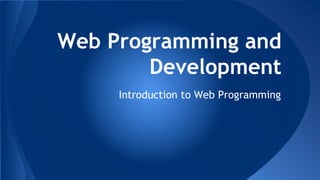
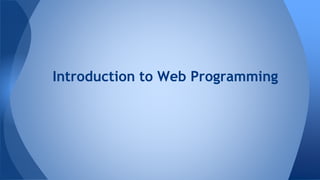
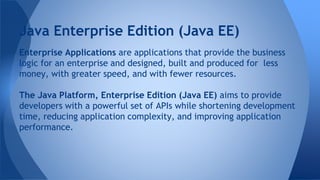
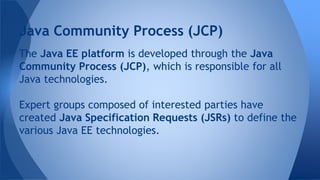
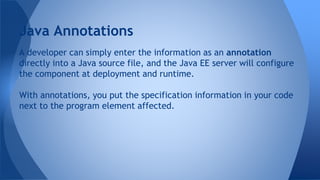
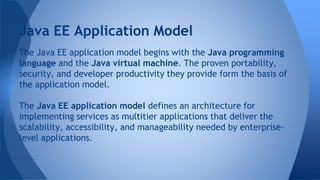
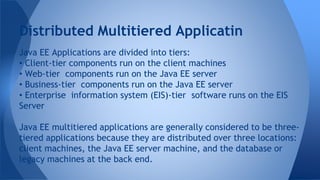
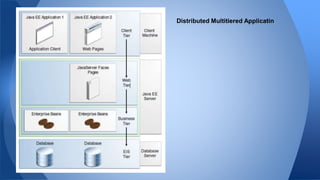
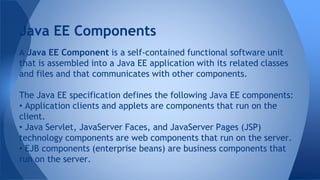
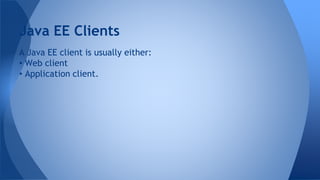
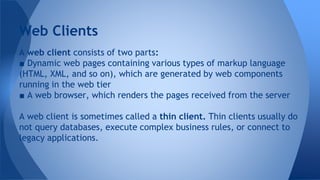

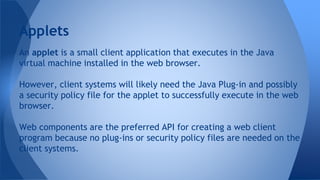

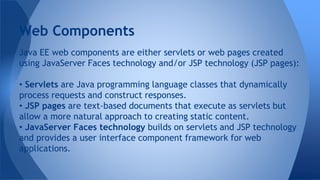
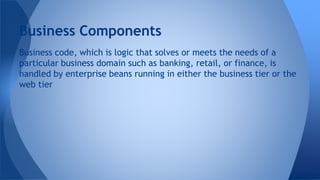
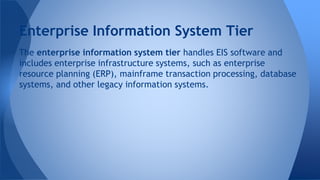
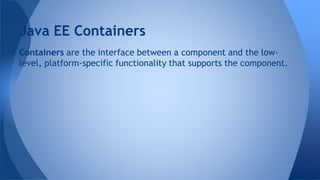
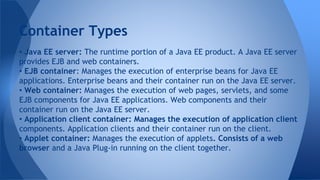
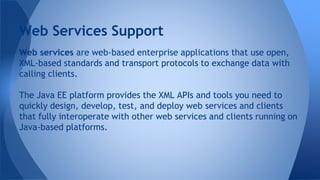
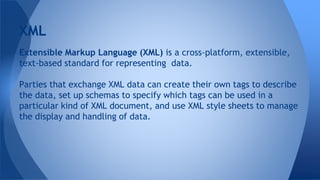
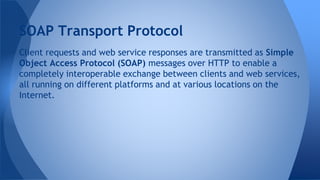
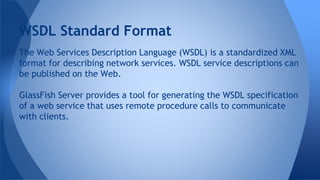
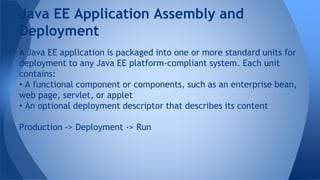
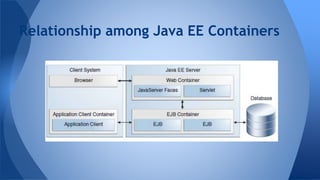
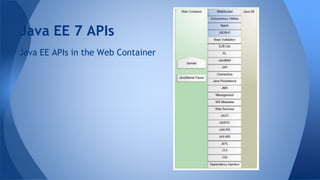
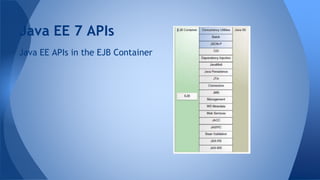
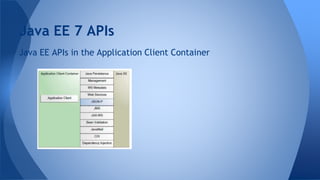

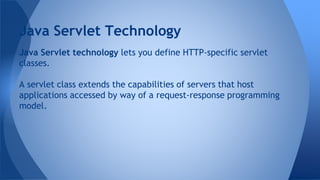
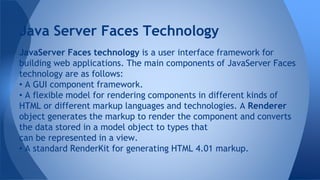

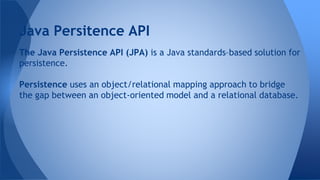
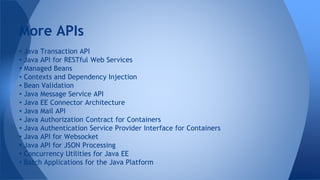

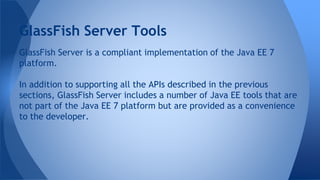


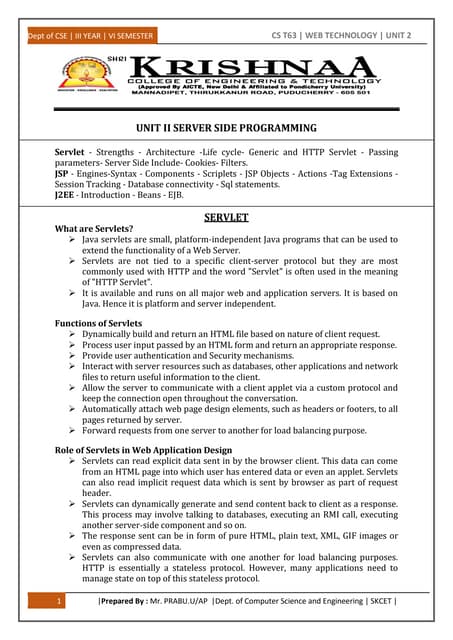
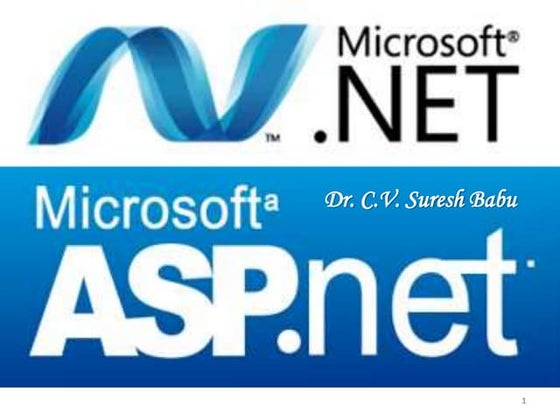

















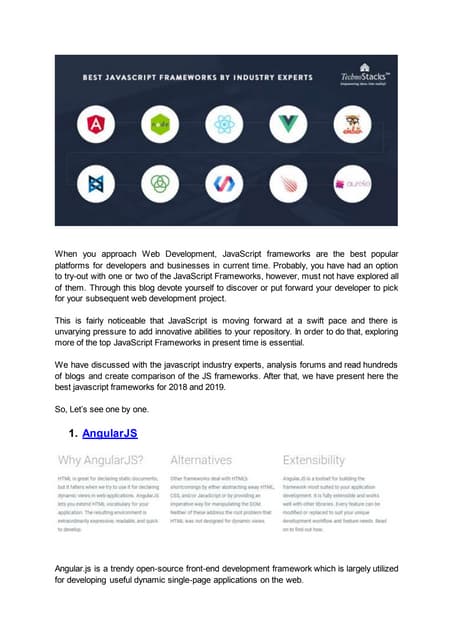








![Java Web Programming [1/9] : Introduction to Web Application](https://cdn.slidesharecdn.com/ss_thumbnails/javaweb-module1-130106070605-phpapp02-thumbnail.jpg?width=560&fit=bounds)

























































